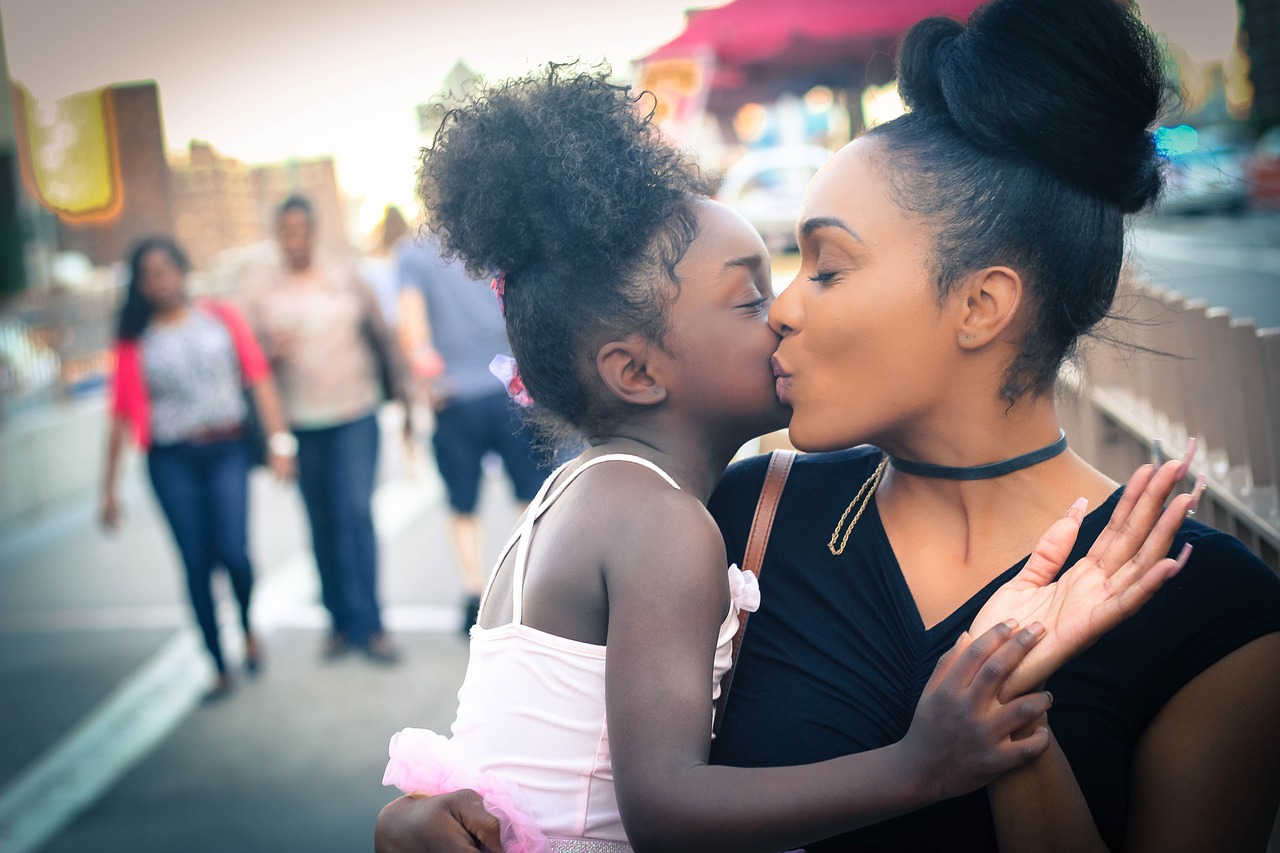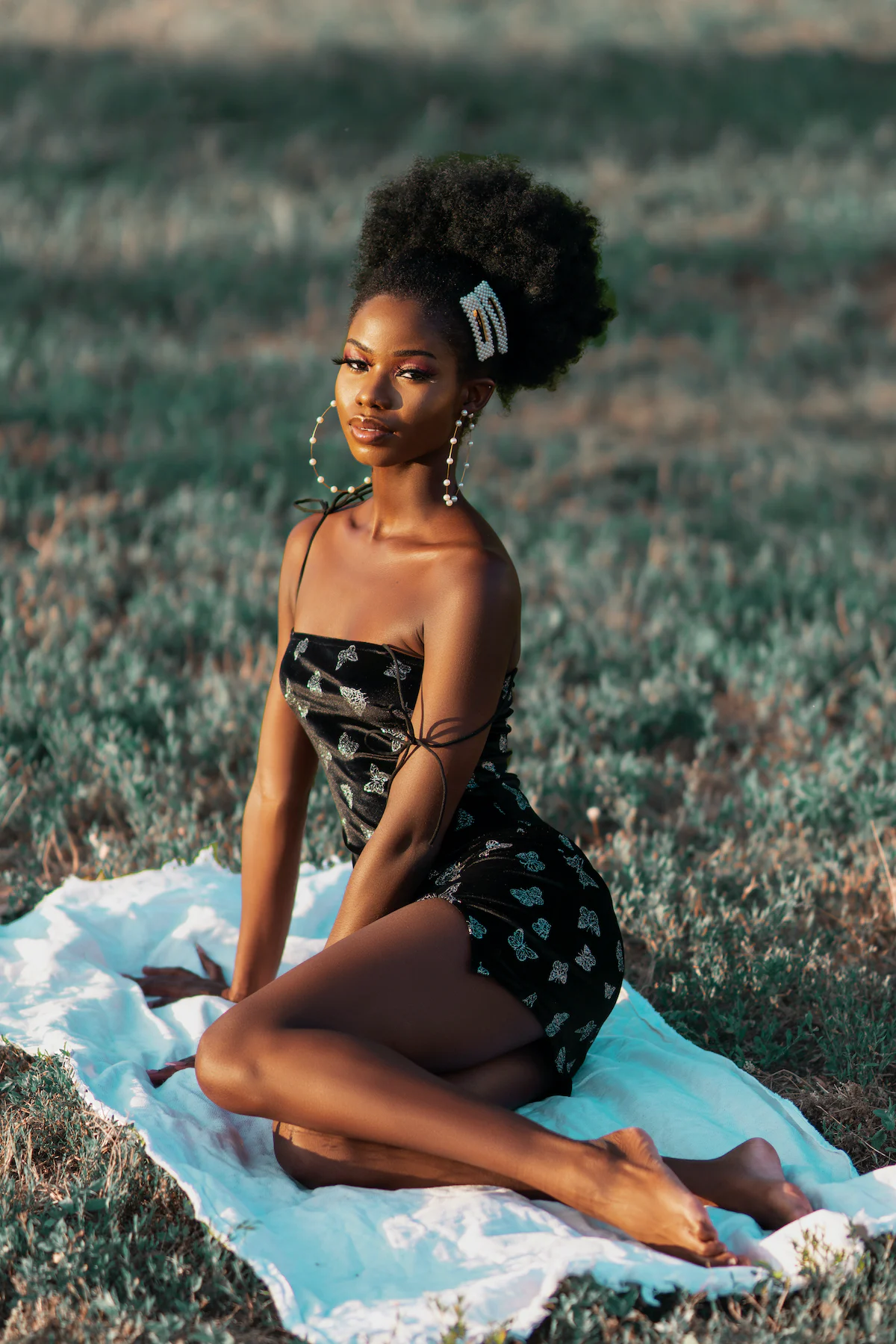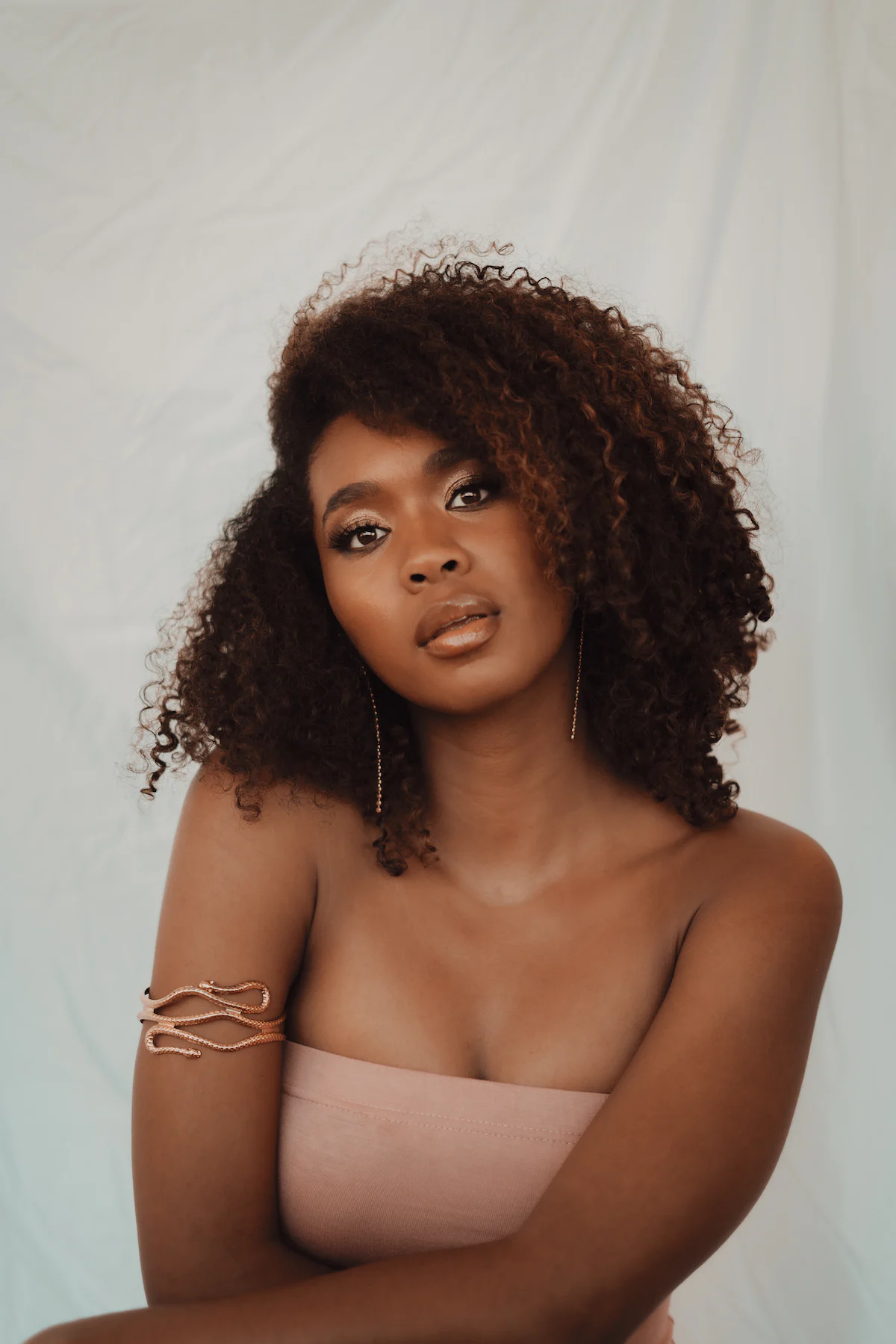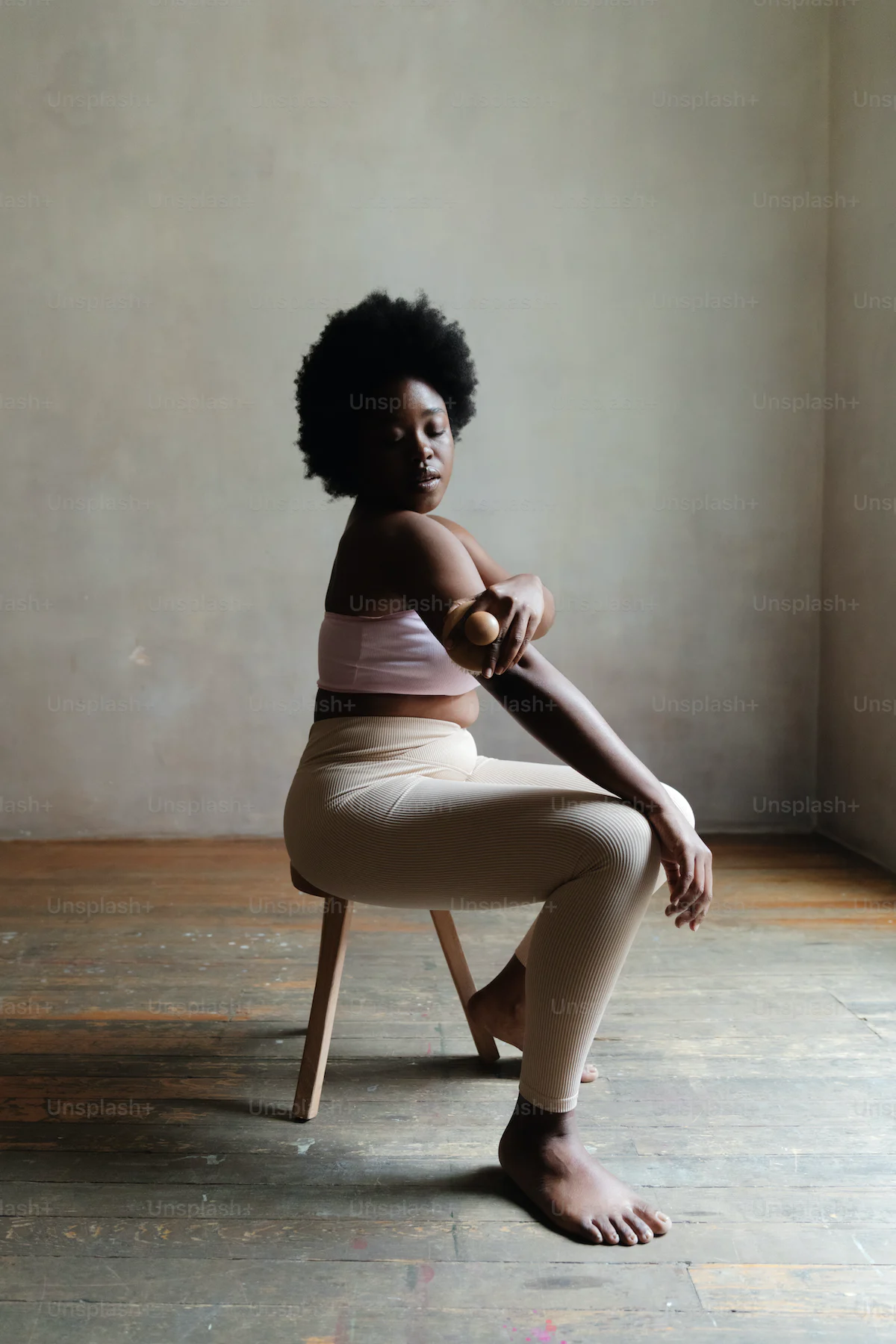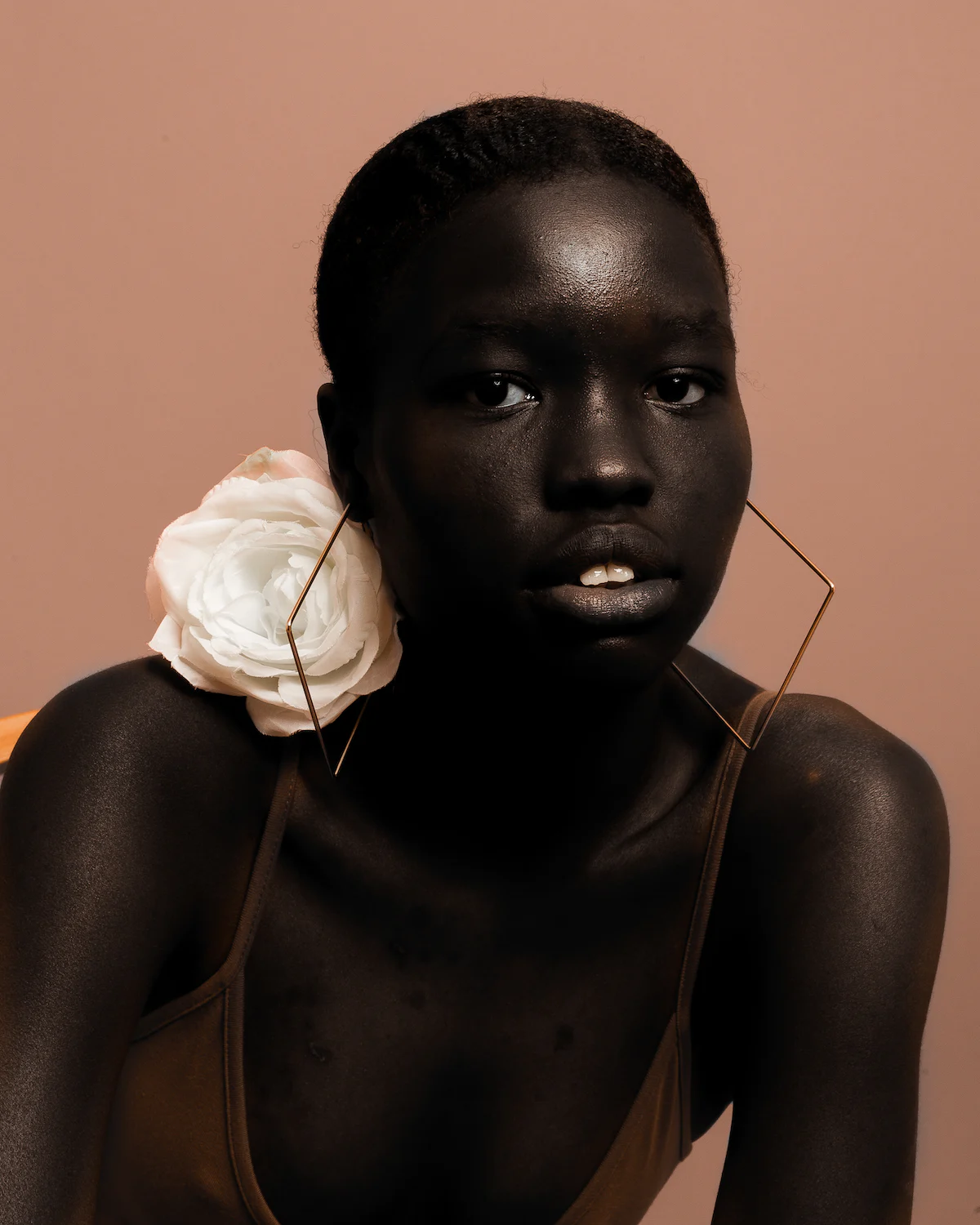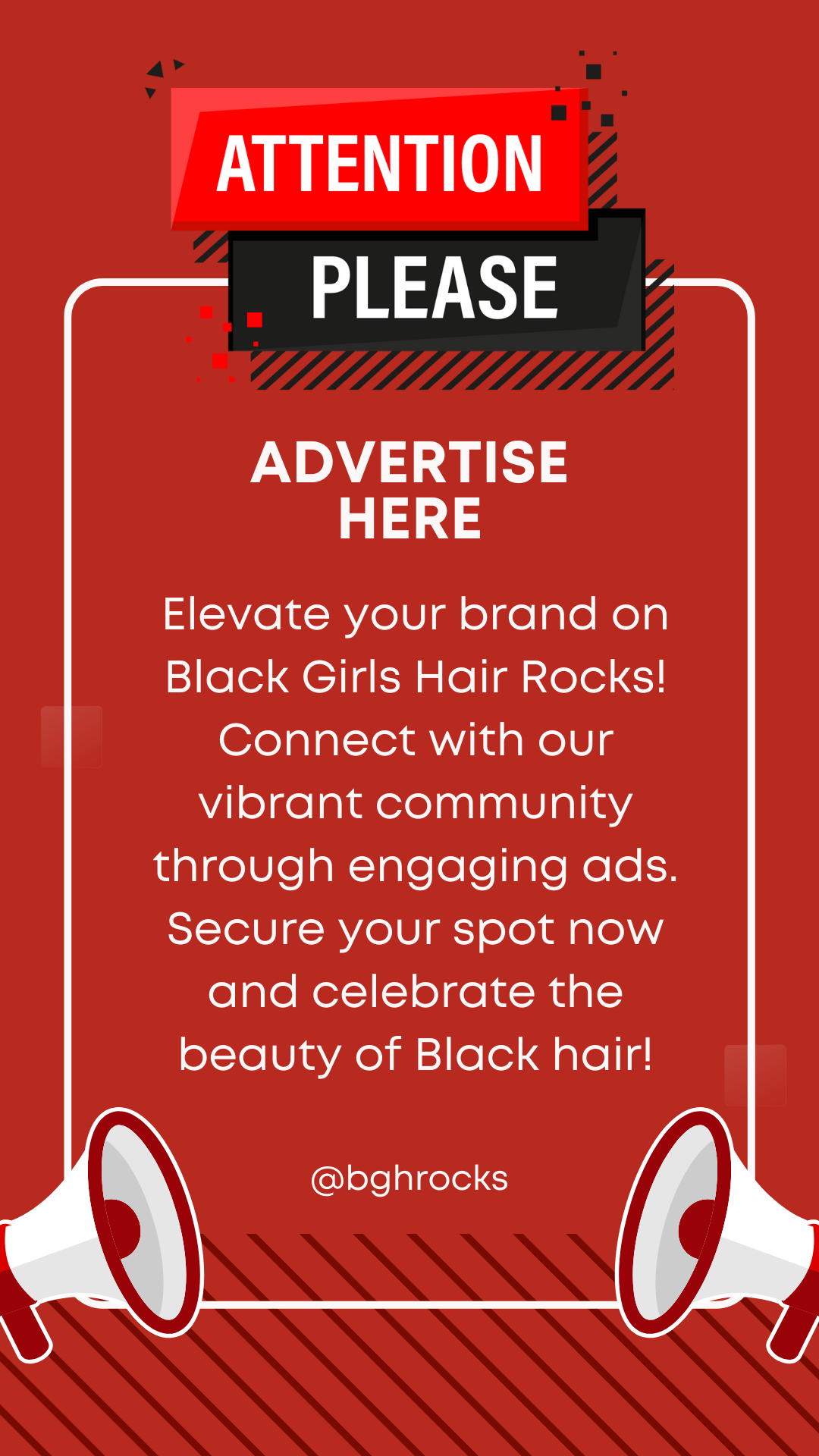Black Hair as a Political Statement: Challenging Stereotypes and Empowering Identity

Black hair has transcended its physical characteristics to become a potent political statement, challenging societal…
Black Girls Hair RocksAugust 1, 2023

